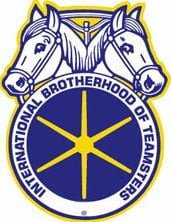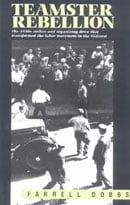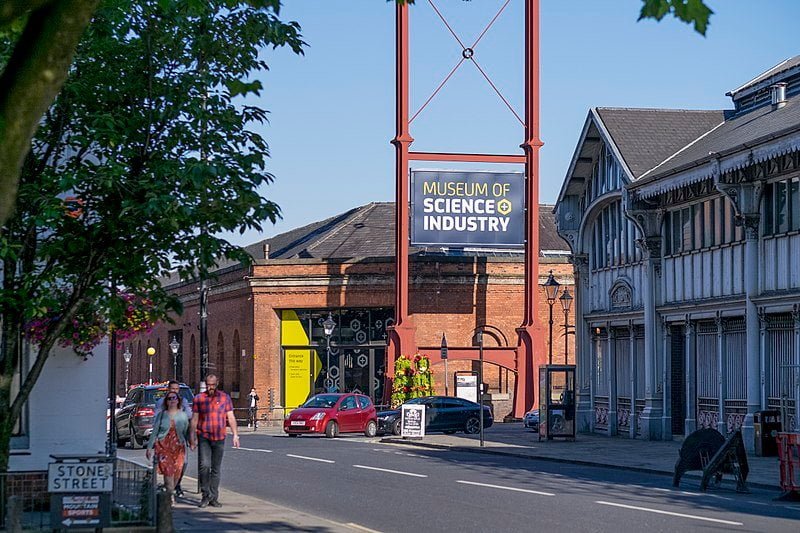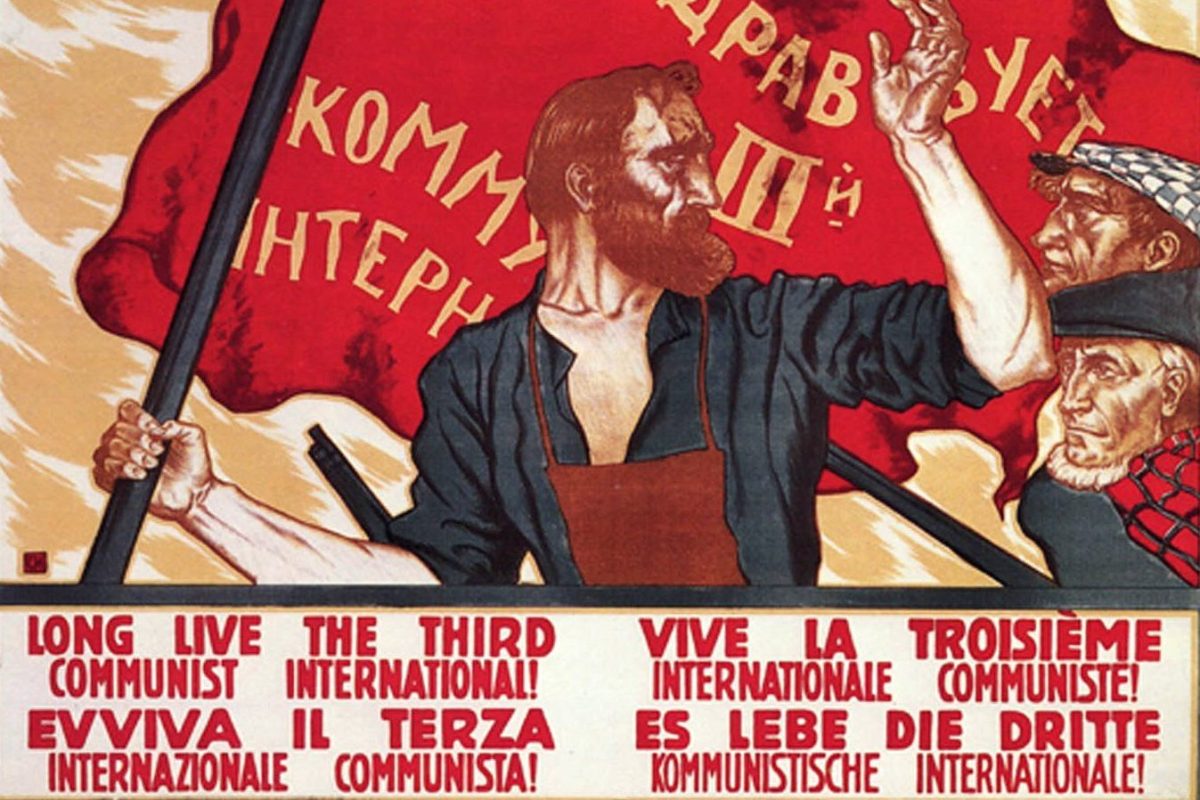Having just finished reading
this hugely inspiring book I thought I’d tell you about it in the hope that you
might pick it up and let it inspire you, particularly during the increasingly difficult
times many of us find ourselves in at work today.
The first of four books in a
series, this is a true life account of the struggles for union recognition
fought by the transport workers in Minnesota, US in 1934.
 It is particularly inspiring
It is particularly inspiring
in that it wasn’t just that honest working men and their families faced a
struggle against the bosses who were always intent on holding down their pay
and working conditions in the pursuit of private gain. They also faced a
struggle against their own leadership – the officials of their union (The
Teamsters) – who sought to keep the workers divided and weak in order to
protect their own positions and the privileges that went with them.
Dobbs’ account gets to the
heart of what trade unionism is all about, showing how workers’ innate ability
to organise and manage their affairs on a collective basis is brought into
sharp focus by the battles to improve their lives. The striking workers go to
extraordinary lengths to ensure that the bosses have a real fight on their
hands, ensuring support for the strike stays solid by making sure the poor and
needy are fed, the sick and wounded are tended to and the lies and slander of
the bosses are rebutted with the truth.
 Against a backdrop of
Against a backdrop of
economic depression, the strike movement that is recounted here by Dobbs threw
up genuine leaders whose authority was tested again and again and legitimised
in the heat of the struggles for the right of workers to organise and to win
improvements to their pay and conditions. Dobbs, who later became a prominent
leader of the American Trotskyist movement, was a key figure in leading the
1934 strike alongside others who were not prepared to accept the ‘business agents’ in the union leadership. These
‘agents’ would use all kinds of trickery and corruption to ensure they held
onto power rather than providing real leadership on the basis of trade union
principles such as democracy and solidarity.
The workers and those
fighting alongside them, such as the unemployed, soon realised that they could
not trust the bosses or the politicians or the police who were frequently used
against them at the behest of the bosses. Unprovoked violence was unleashed
upon the pickets, who were using entirely peaceful methods up until the point
when they were forced to defend themselves – some of whom died at the hands of
the police.
The book is anything but dry
and abstract even in its discussion of the strategic and tactical
considerations that were key to winning the campaign. These are brought out
vividly with accounts of the colourful characters and often amusing anecdotes. The
book is engaging and moves along at a pace. For me it was a real ‘page turner’.
There are also a number of
black and white photographs of key figures, demonstrations and picket battles and
pages from ‘The Organiser’, the strike committee’s newspaper which was produced
regularly throughout the strikes to counter the bosses’ propaganda in the
mainstream media.
Obviously I haven’t gone into
too much detail here but I will spoil the ending by telling you that the union
won, forcing the bosses to accept recognition of the union for a majority of
workers in the industry which gave them a position of strength to fight for
further recognition and improvements to workers’ lives.
The key message for me is
that it is through the struggles of militant trade unions that working people are
able to protect and gain improvements to their pay and working conditions. It
is as true today as it was in 1934.
‘Teamster Rebellion’ by
Farrell Dobbs (ISBN 0-87348-973-X ) is published by Pathfinder Press and is
available from Wellred Books http://wellred.marxist.com/index.asp?c=OA
.






